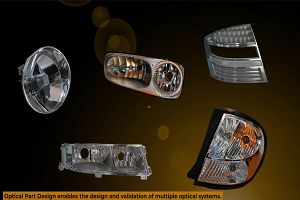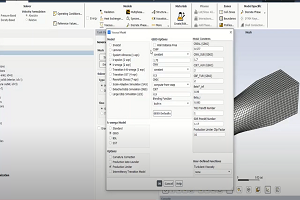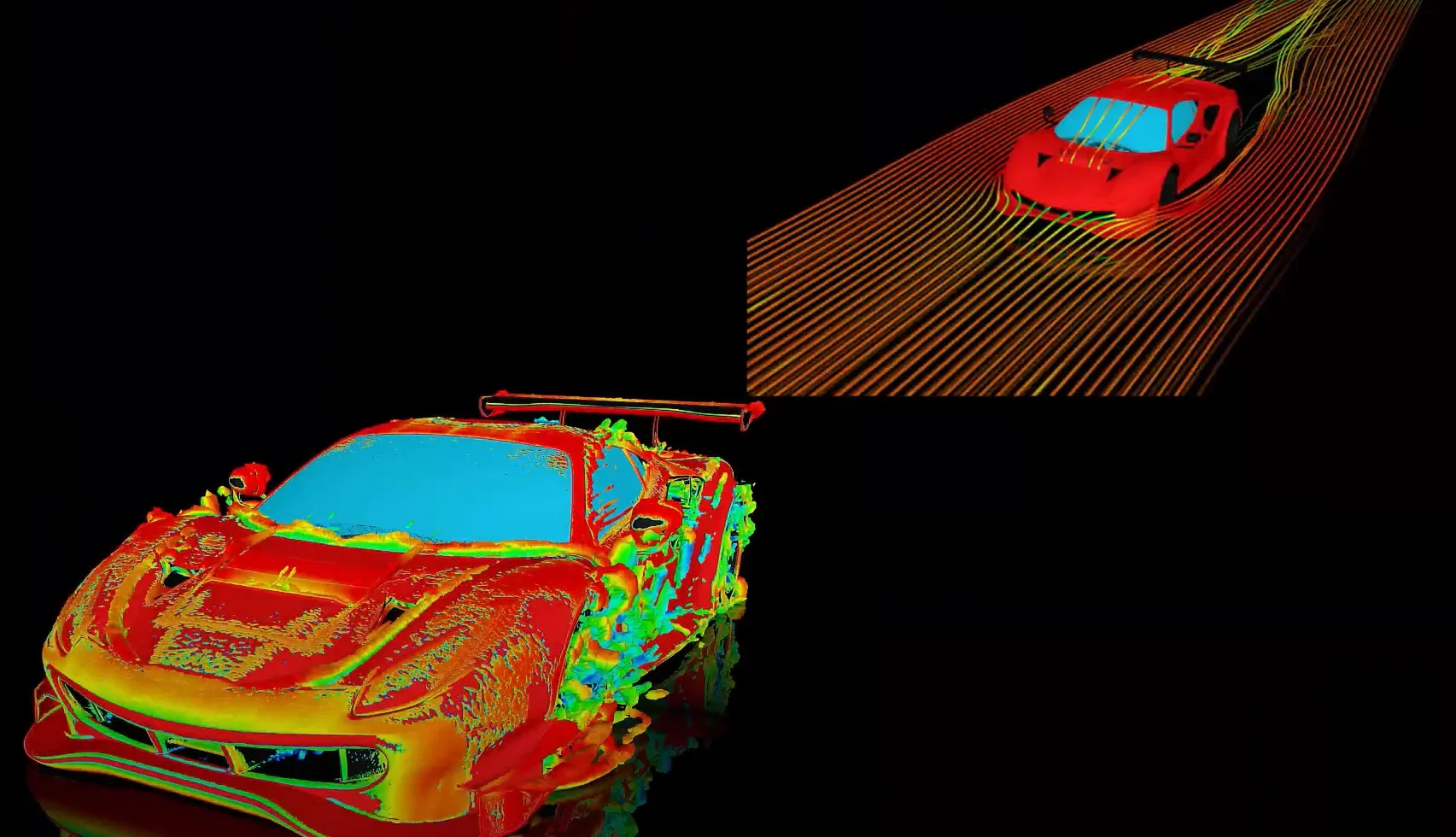-
-
June 5, 2023 at 7:04 am
 FAQParticipant
FAQParticipantANSYS Mechanical uses different approaches for combining stress and strain. The approaches are explained in the “Results Utilities” section of the Mechanical Help System. (Mechanical Applications=>Mechanical User’s Guide=>Using Results=>Results Utilities…) When setting up a Solution Combination, you select the Environment Objects you wish to combine from a drop-down list and optionally specify a coefficient for each environment. The basic formula is: combined result = (coefficient * environment 1 value) + (coefficient * environment 2 value) + … (coefficient * environment n value). If you request a solution combination for a derived stress quantity (e.g., equivalent or principal stress) or total displacement, the combined component results are computed first and then the requested result is derived from the combined components. However, if you request a combined equivalent strain (including elastic, thermal, plastic, creep, total, and total plus thermal equivalent strains), the environment results are combined directly. The combined component results are not used. This procedure is similar to using the MAPDL SUMTYPE,PRIN command.
-


Introducing Ansys Electronics Desktop on Ansys Cloud
The Watch & Learn video article provides an overview of cloud computing from Electronics Desktop and details the product licenses and subscriptions to ANSYS Cloud Service that are...

How to Create a Reflector for a Center High-Mounted Stop Lamp (CHMSL)
This video article demonstrates how to create a reflector for a center high-mounted stop lamp. Optical Part design in Ansys SPEOS enables the design and validation of multiple...

Introducing the GEKO Turbulence Model in Ansys Fluent
The GEKO (GEneralized K-Omega) turbulence model offers a flexible, robust, general-purpose approach to RANS turbulence modeling. Introducing 2 videos: Part 1 provides background information on the model and a...

Postprocessing on Ansys EnSight
This video demonstrates exporting data from Fluent in EnSight Case Gold format, and it reviews the basic postprocessing capabilities of EnSight.

- How do I request ANSYS Mechanical to use more number of cores for solution?
- Contact Definitions in ANSYS Workbench Mechanical
- How to restore the corrupted project in ANSYS Workbench?
- How to deal with “”Problem terminated — energy error too large””?”
- How can I change the background color, font size settings of the avi animation exported from Mechanical? How can I improve the resolution of the video?
- What is the reason for this error message when mesher fails – “A software execution error occurred inside the mesher. The process suffered an unhandled exception or ran out of usable memory.”?
- There is a unit systems mismatch between the environments involved in the solution.
- How to transfer a material model(s) from one Analysis system to another within Workbench?
- How to obtain force reaction in a section ?
- How to change color for each body in Mechanical?

© 2025 Copyright ANSYS, Inc. All rights reserved.

